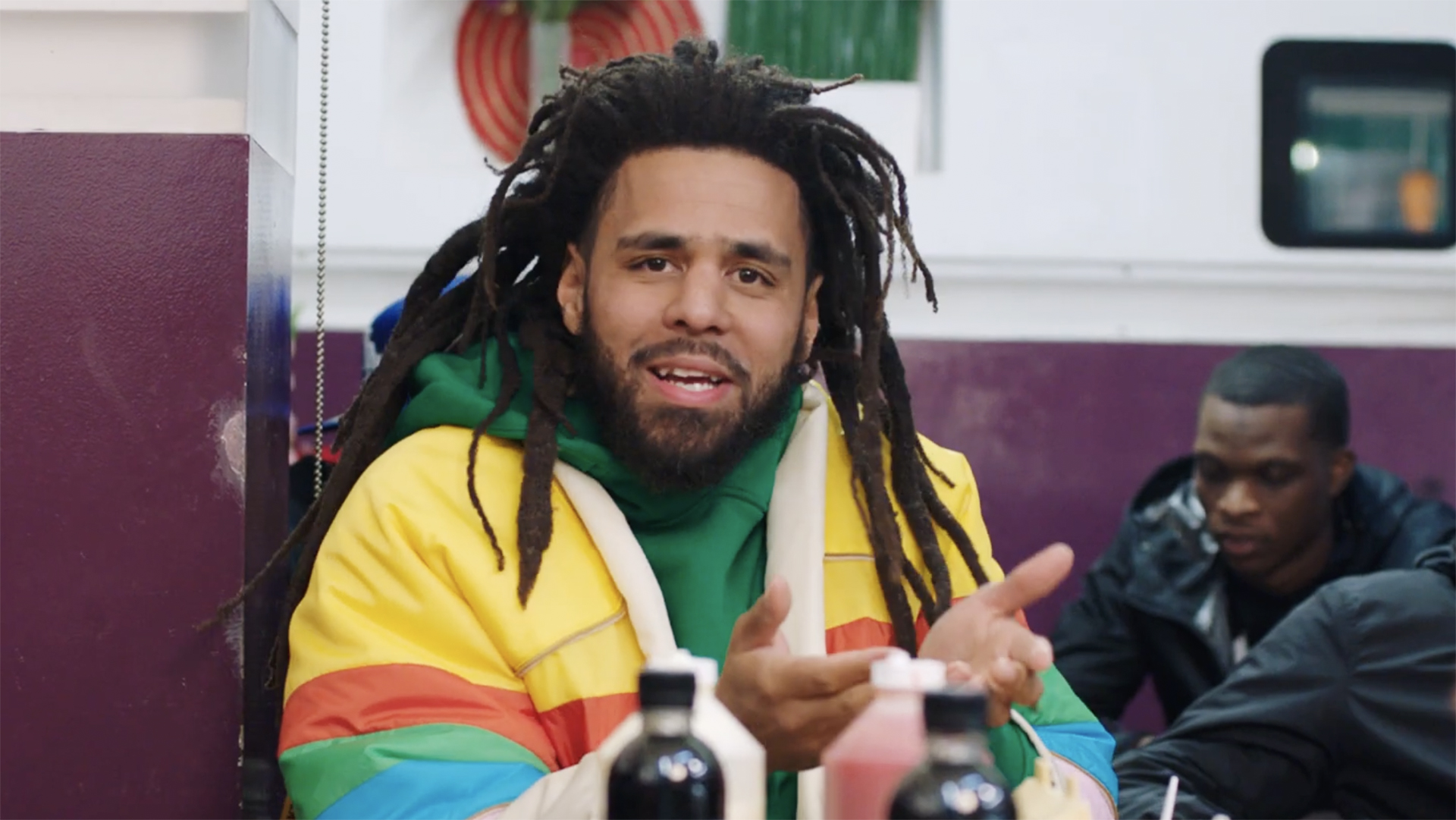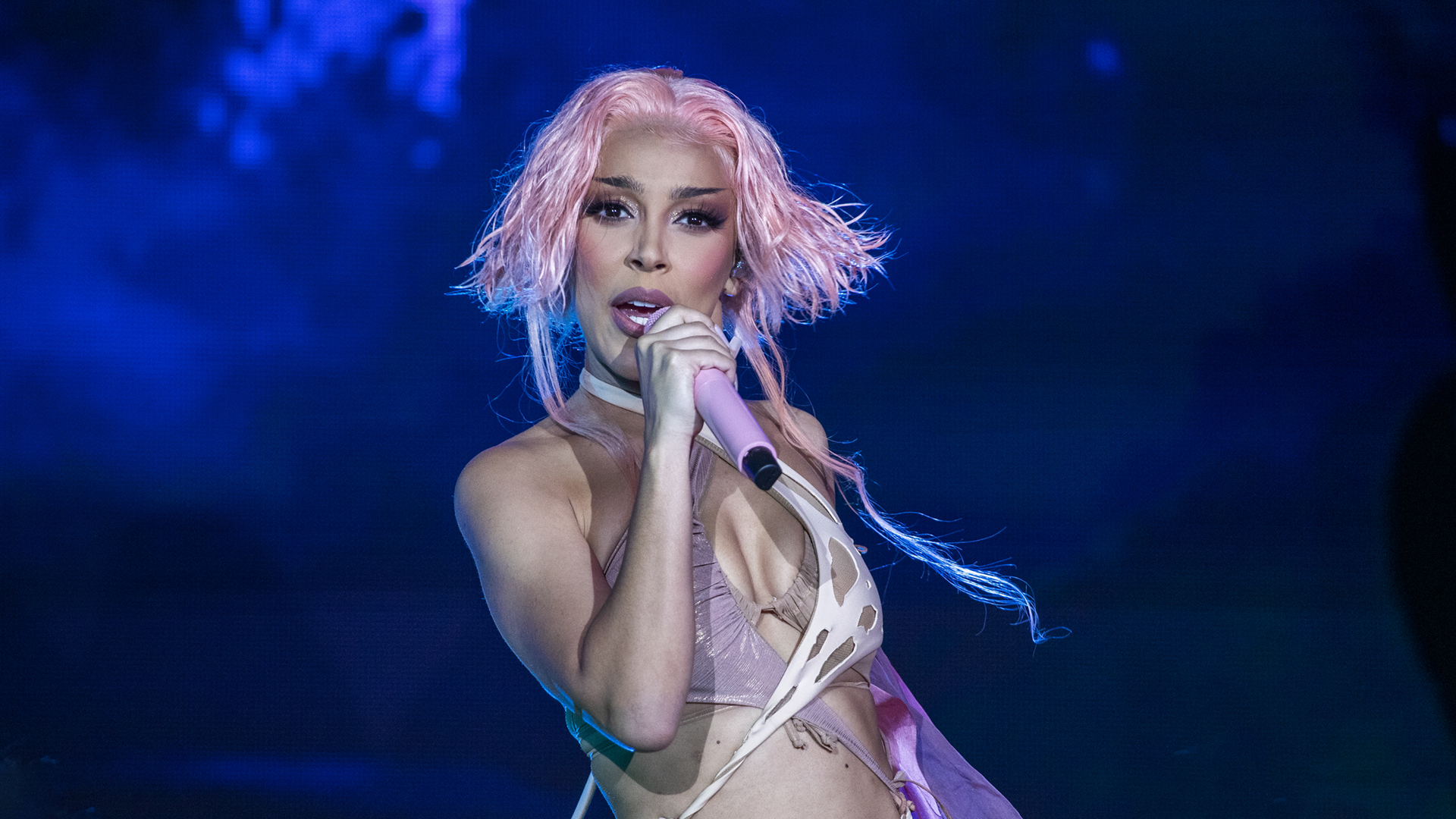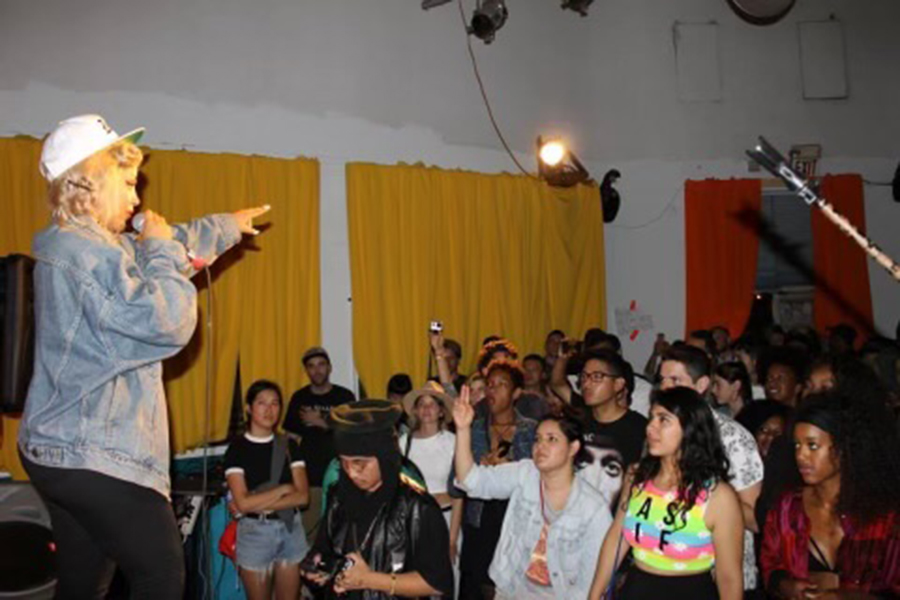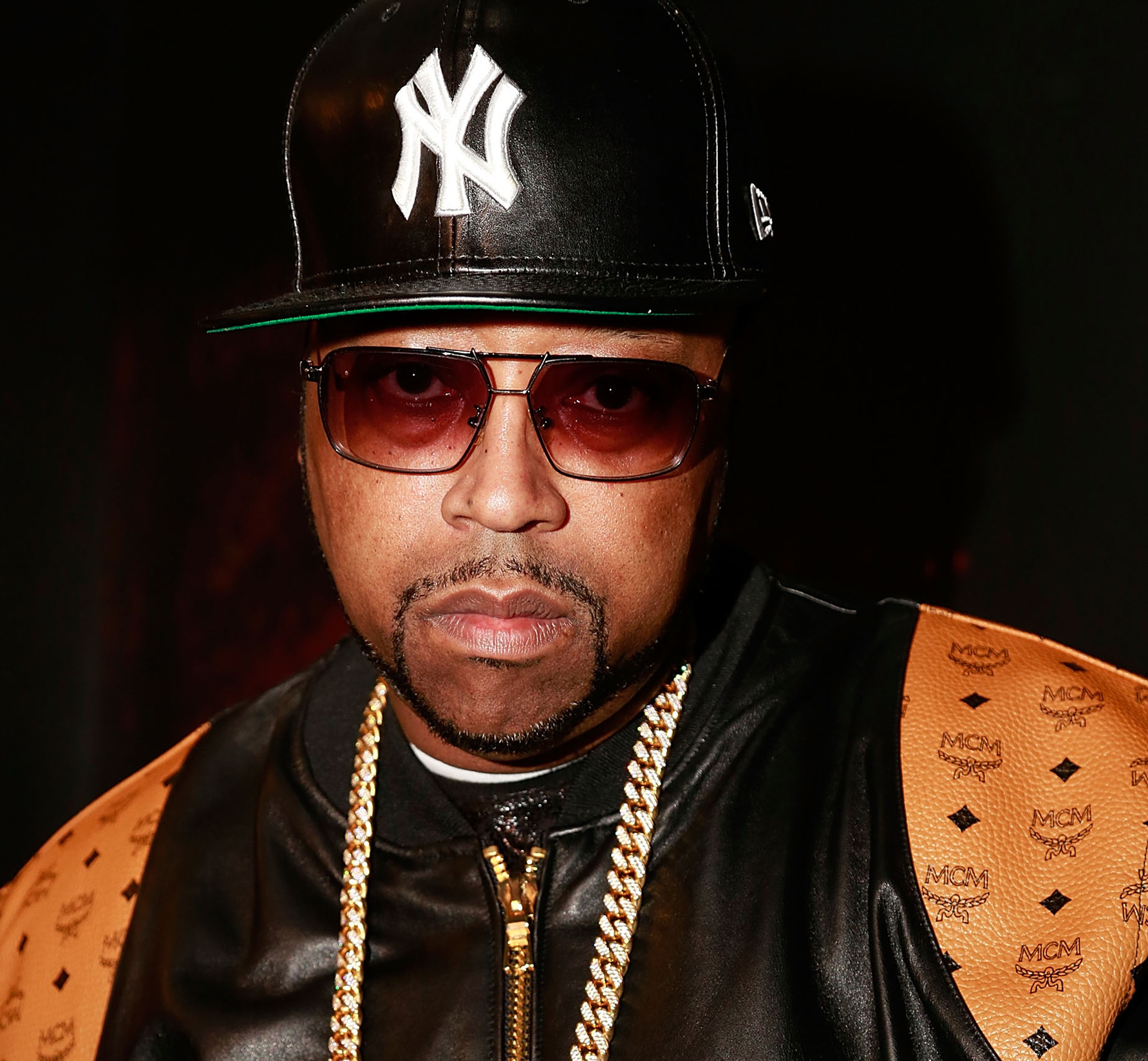
DJ Kay Slay Was a Hip-Hop Legend


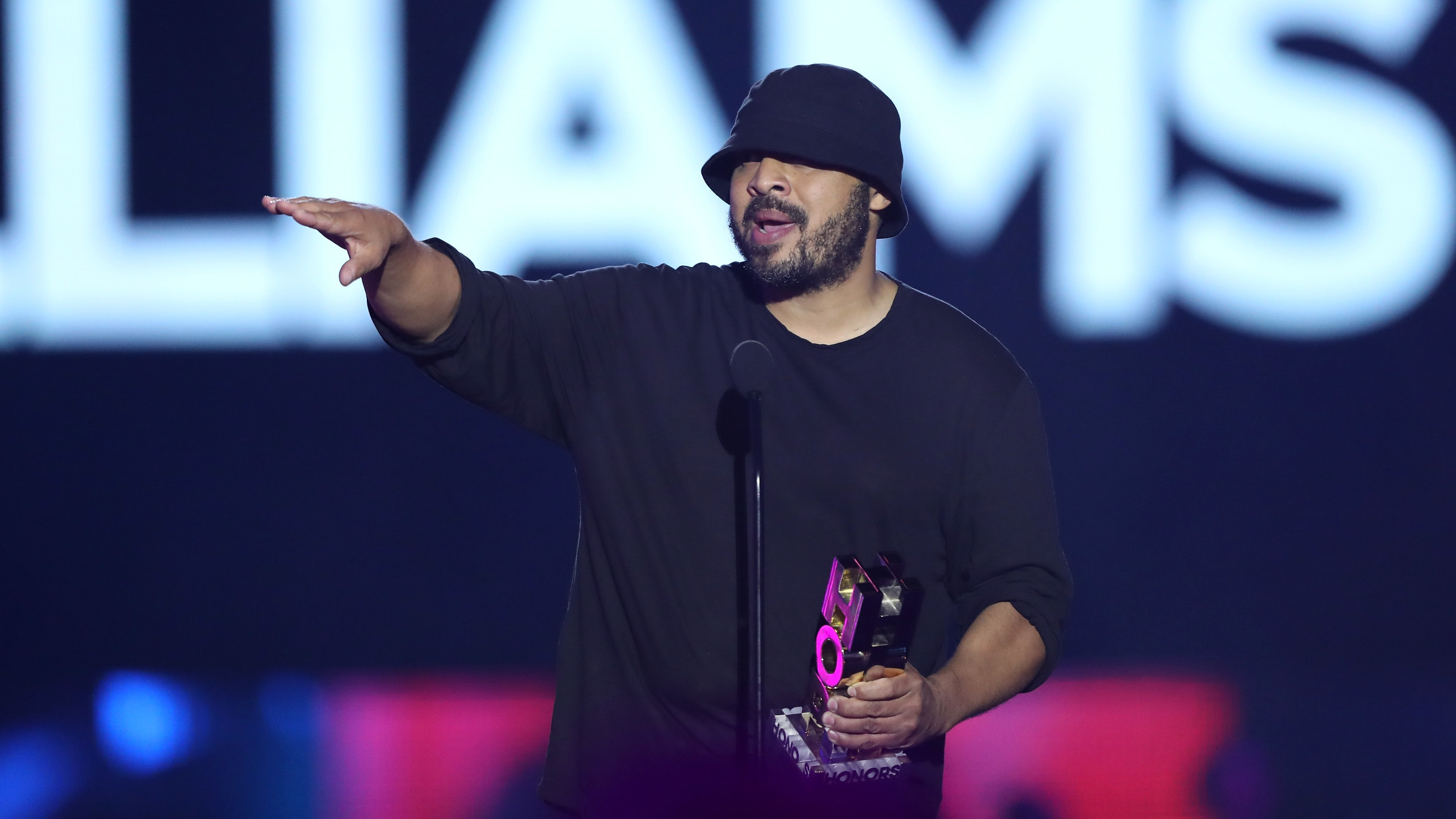
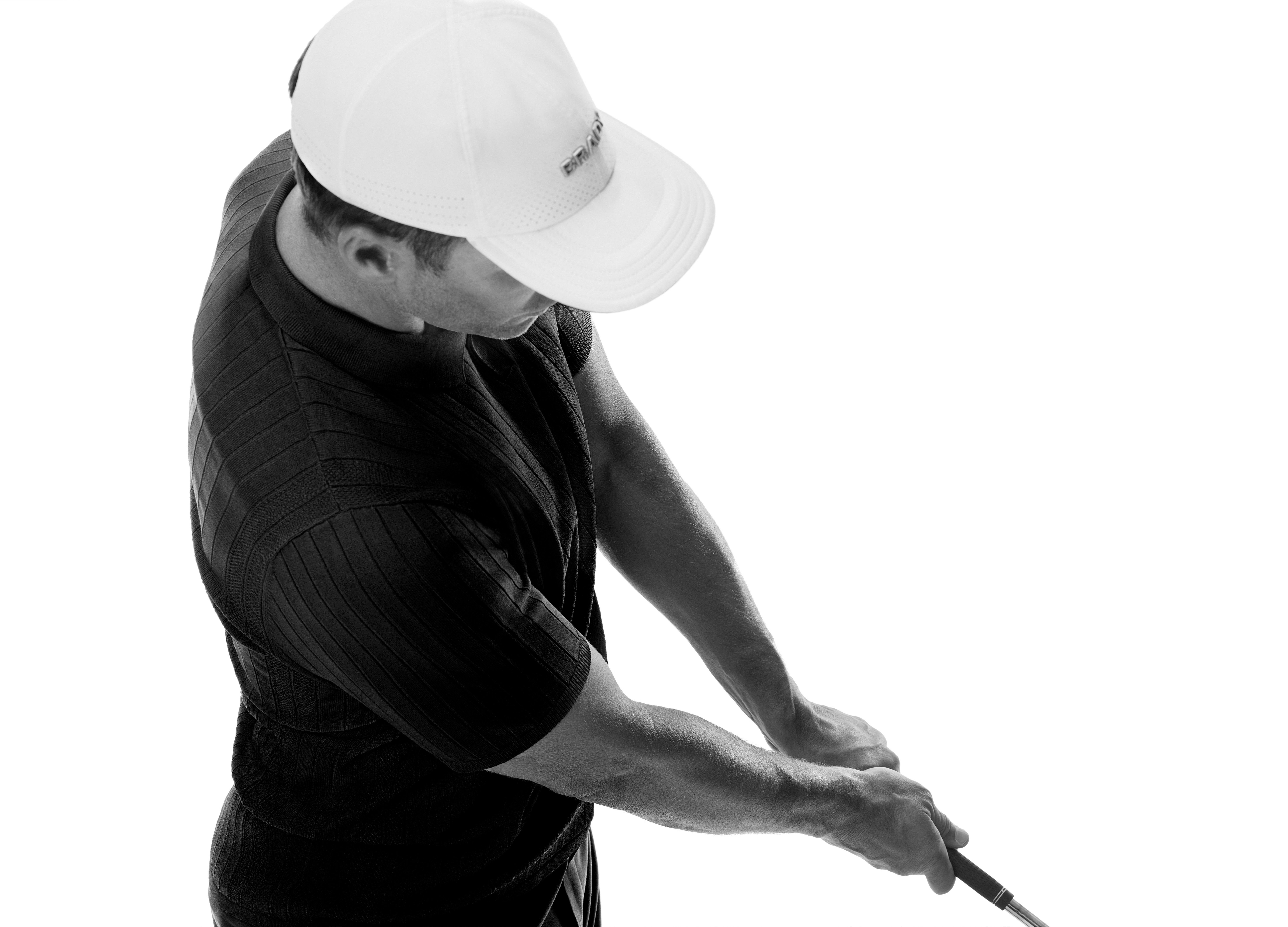


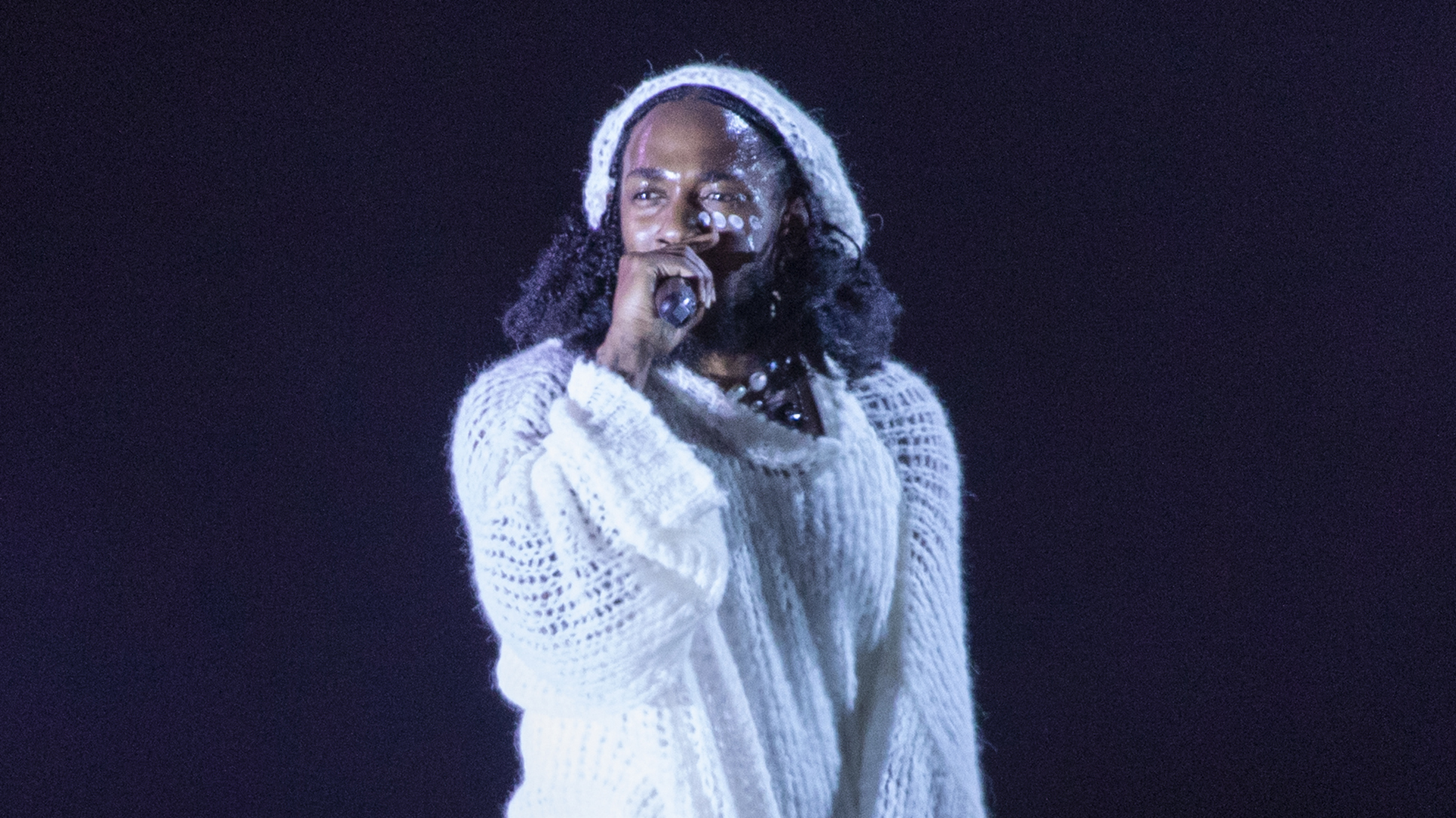
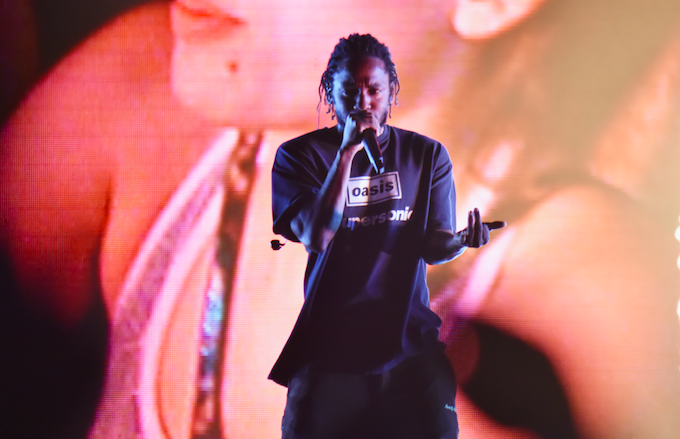
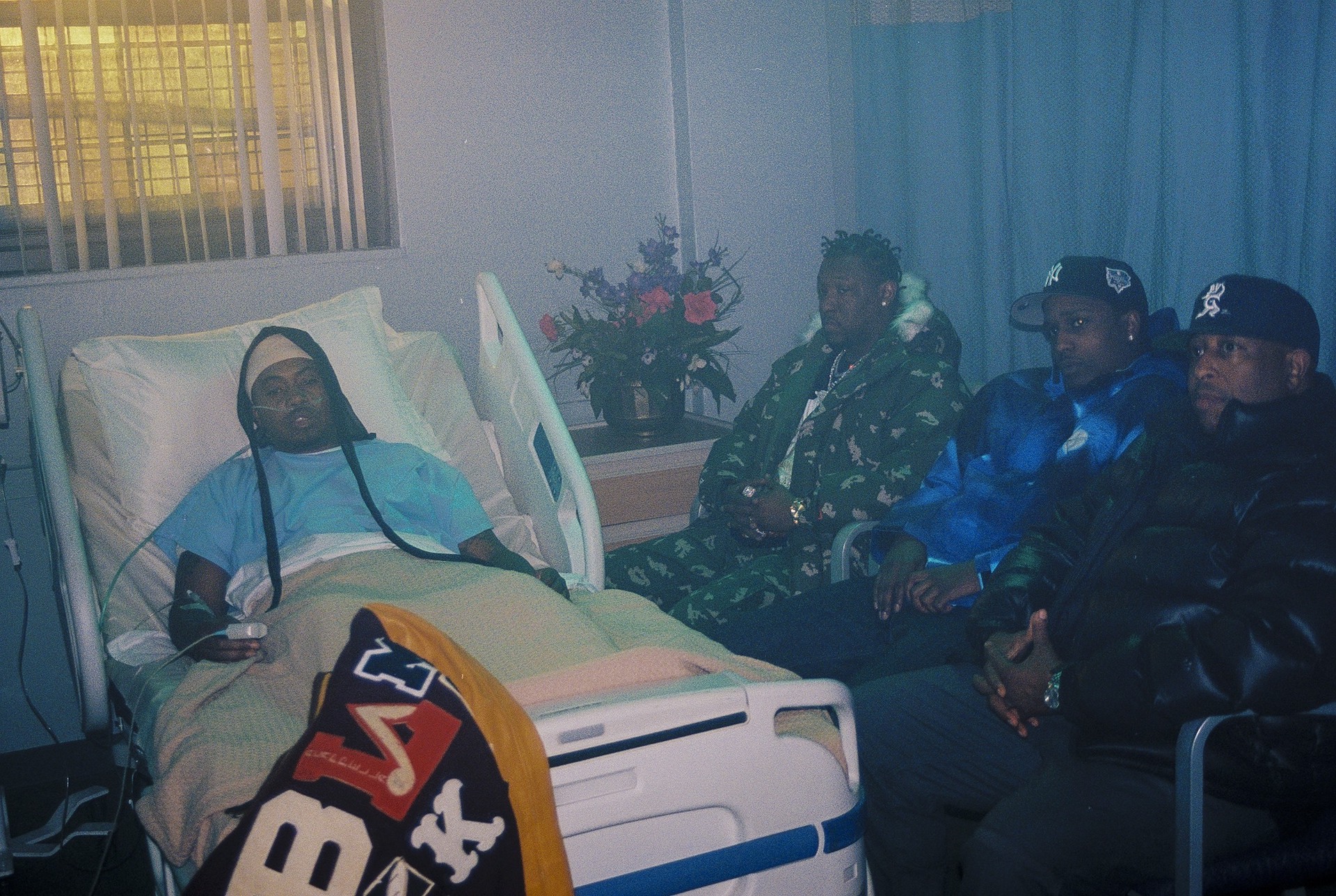
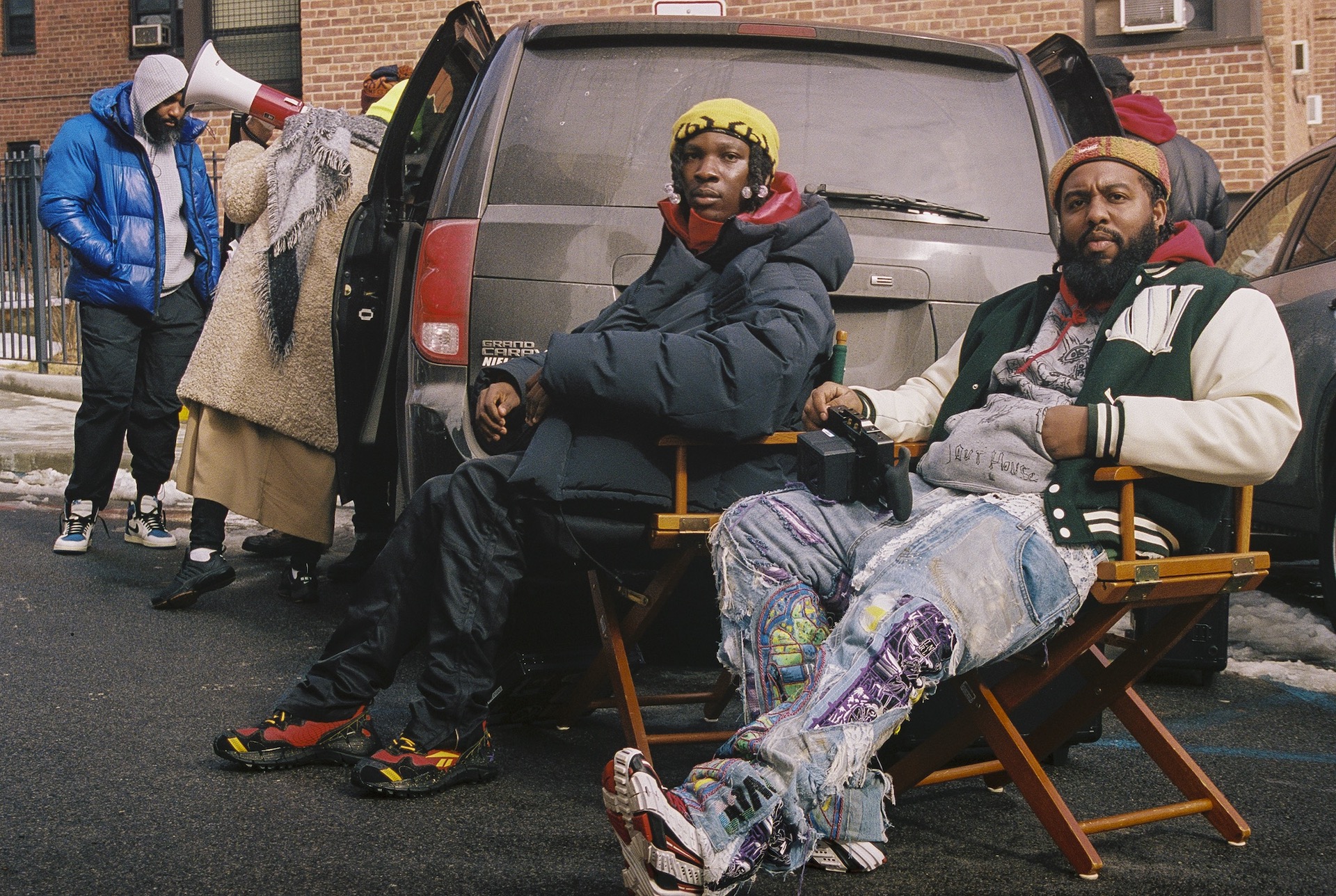

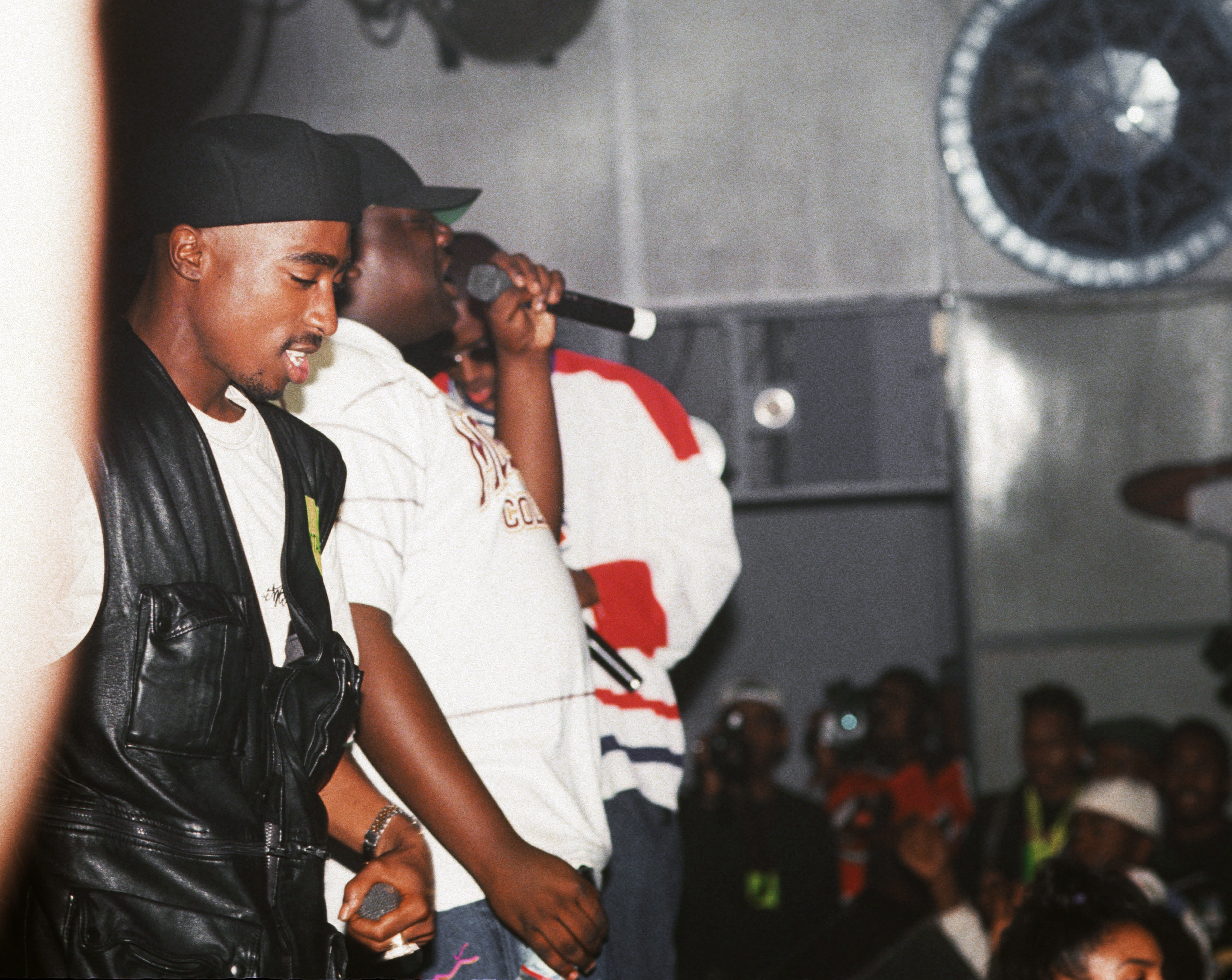
Years before they succumbed to the infamous East Coast/West Coast rivalry, Tupac Shakur was often heard playing The Notorious B.I.G.’s early single “Party and Bullshit” on the set of Poetic Justice. Now both etched into pop culture, the fallen rappers not only shared a mutual respect for each other, but also surprisingly shared the MSG stage with R&B veteran Patti LaBelle and Fat Joe.
Big Daddy Kane cohort DJ Mister Cee reminisced about the historic night with MTV. “It was a concert me and Kane did back in 1993 at Madison Square Garden,” he stated. “We were the only rap group on the show. I think Patti LaBelle was on the show, Tony! Toni! Toné!.
Hyping up the crowd over thundering bass, Biggie Smalls delivered his classic “Where Brooklyn at?” freestyle before Pac followed with an equally razor-sharp verse. “[The freestyle] just came about backstage. ‘Pac, Big, the Rugged Child Shyheim. We just brought all of them onstage, and the magic happened,” Cee continued.
In an interview with HipHopDX, the DJ also revealed that he made it a priority to capture the momentous occasion on a 120-minute cassette, though it did take some coaxing. “I always had a habit of recording me and Kane’s live performances, especially when I knew different rappers were gonna come on,” he said. “The sound guy, I begged and pleaded with him to let me record. He was like, ‘Nah, it’s a union thing,’ but he finally let me record.”
Mister Cee went on to divulge a list of other MCs who rocked the crowd within a brief period of time. “The funny thing about that day is that when you hear the performance, you hear Biggie, you hear 2pac, but we also brought out Fat Joe that night,” he continued. “Positive K came out. Shyheim came out—that’s when he had ‘On and On’ out. We only had 10 minutes. So we brought all those rappers out, got them on and off and was able to do our hits within a 10-minute time frame.”
The freestyle was eventually transferred to vinyl and continues to be heralded as one of the greatest nights in hip-hop history. Shyheim still fondly remembers the once-in-a-lifetime performance by the rap demigods.
“They say that’s the greatest freestyle ever. It was really just having fun. Just out there having fun, having a good time,” he stated. “We always had ciphers and rapped with each other, so it was very natural. Rest in peace to 2pac, rest in peace to Biggie.”
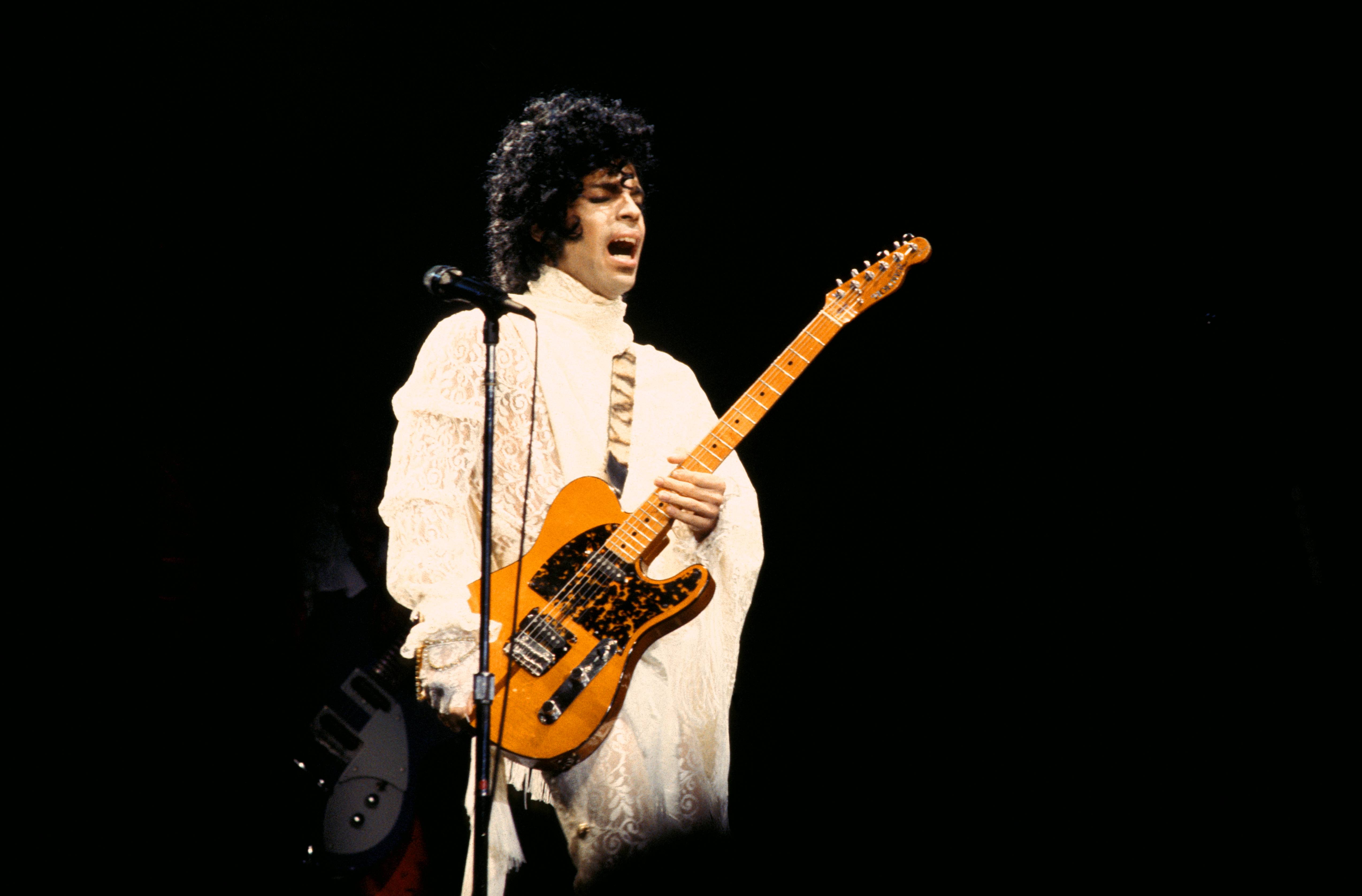
Like Oscar-winning films The Sound of Metal and CODA, late legend Prince also proved the transcendent power of music. As he soared among the pop stratosphere with Purple Rain boasting nearly $70 million at the box office and a chart-topping soundtrack, the unparalleled artist made a 1984 tour stop at one of the largest deaf institutions in the country, Gallaudet University.
“It was just one quiet afternoon in November,” Hlibrok told WUSA9 via an interpreter. “All the sudden everybody started chattering and saying ‘Go! Go to the field house! There’s going to be a concert there.’ I had no idea who was performing. I just thought, ‘You know – I should go.’”
When Hlibrok arrived, he was shocked to find a large stage draped in black along with giant, towering speakers. Playing a surprise, free show for 2,500 deaf and special needs students in the D.C. area, Prince electrified the building with renditions of his less racy material including “When Doves Cry,” “Little Red Corvette,” and “1999.” Blind students delighted in the aural experience while interpreters translated his lyrics for the deaf atop podiums.
“I had a lot of fun. I felt his music,” audience member Angela Maxey, 18, told The Washington Post. “I couldn’t hear the words, but I could feel the vibrations. Deaf people really appreciate and love loud music.”
According to interpreter and attendee Joyce Doblmier, “some deaf students have dim hearing ability“ when music permeates their eardrums. “They can’t feel the notes, but they can feel the rhythms.” The crowd expressed their gratitude with “I love you” gestures in sign language and presented him with gifts before he returned to the stage for a heartfelt encore of “Purple Rain.”
“I never seen so many hardcore road [crew] guys start crying,” renowned concert promoter Darryll Brooks shared in a retrospective interview. “I think even Prince broke a tear. It was one of those moments that those kids would never forget. And Prince wrote the check for the whole thing.”
Just two days prior to the unforgettable concert, Prince was also a featured guest at a fundraising reception for nonprofit mentorship organization Big Brothers of America. “He started doing more philanthropic things. We started playing at schools or doing food drives,” his guitarist Lisa Coleman told Rolling Stone.
Before his untimely demise, His Royal Badness went on to play several other shows for special needs children including a concert for disabled L.A. students that he didn’t want covered by the press.
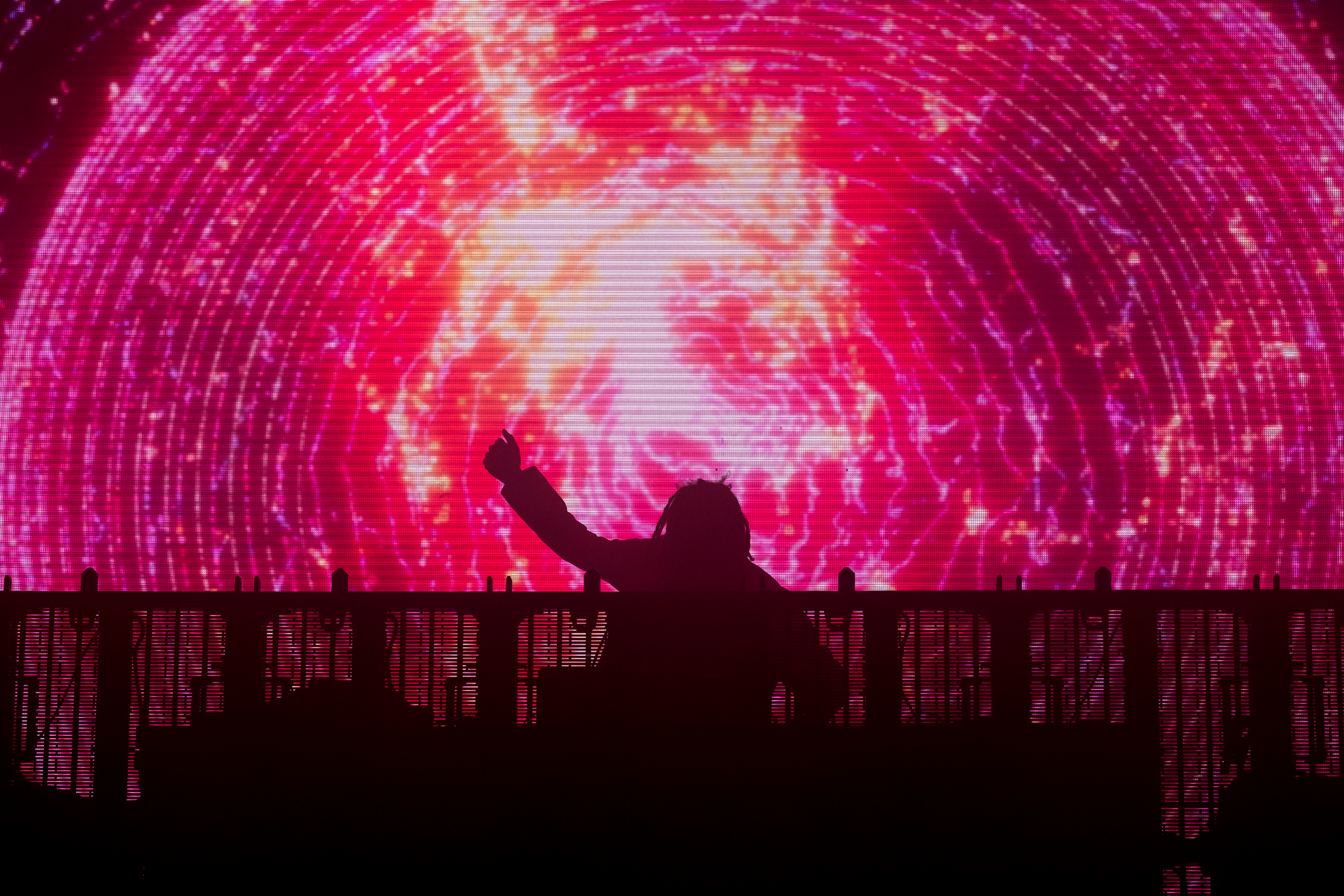
Rumors swirled when an unknown rapper named Captain Murphy hit the blogs with an Earl Sweatshirt collaboration in July of 2012. Released on Adult Swim’s Singles Program, the Sweatshirt-assisted track “Between Friends” was followed by two off-kilter videos for “Mighty Morphin Foreskin” and “Shake Weight.”
Rapping behind a cartoon image and a distorted voice, Murphy dropped a 35-minute album and accompanying visual entitled Duality later that fall. Backed by quirky and kaleidoscopic NSFW imagery, the vintage piece had social media platforms abuzz. With beats crafted by first-rate producers Madlib, Flying Lotus, Just Blaze, and TNGHT, fans theorized Captain Murphy to be either Earl, Tyler, The Creator, Flying Lotus or a combination of the three.
When the enigmatic lyricist announced a show at Los Angeles’ long-running music series The Low End Theory (where Odd Future made their performance debut), anticipation ran so high that concertgoers lined up outside The Airliner earlier that day. Crammed into the small venue filled with regulars and curious newcomers, host Nocando and DJ King Henry warmed up the crowd before the mystery man of the hour appeared. Donned in a ski mask and sequined gold cape, Captain Murphy grabbed the mic and proceeded to perform Duality.
The crowd erupted when Earl Sweatshirt stepped out on to the stage to perform alongside Murphy. After a performance of “The Prisoner,” the moment of truth finally arrived. “Just between us,” Murphy said, before he revealed himself to be genre-bending producer Flying Lotus. Met with fervent cheers, FlyLo basked in glory before L.A. rap crew Pac Div closed out the night.
In 2013, Flying Lotus told XXL why he created the alter ego. “I just wanted to pay dues in the way that I feel rappers should. Earn that shit. That was really the only reason why I was going with the mystery thing and trying to not tell people who I was out of the gate. I wanted people to take me seriously,” he explained.
Though Captain Murphy never intended to release any music, he reconsidered after receiving support from Earl and Adult Swim.
“None of this is planned, man. I’m still kind of freaked out,” he said. “Then my buddy at Adult Swim heard the track. And this guy is one of my good friends. He really supported a lot of it. He was like, ‘You gotta put it out.’ So I put it out and at the same time I leaked this ‘Mighty Morphin’ Foreskin’ song.”
Years later, Flying Lotus shared that his work helped formulate Kendrick Lamar’s revolutionary To Pimp a Butterfly LP during an encounter on The Yeezus Tour. “I played him a folder of beats that I was keeping close for my next Captain Murphy project. Gave him all the beats …Later that night he told me he had the concept for the album,” he wrote on Twitter.
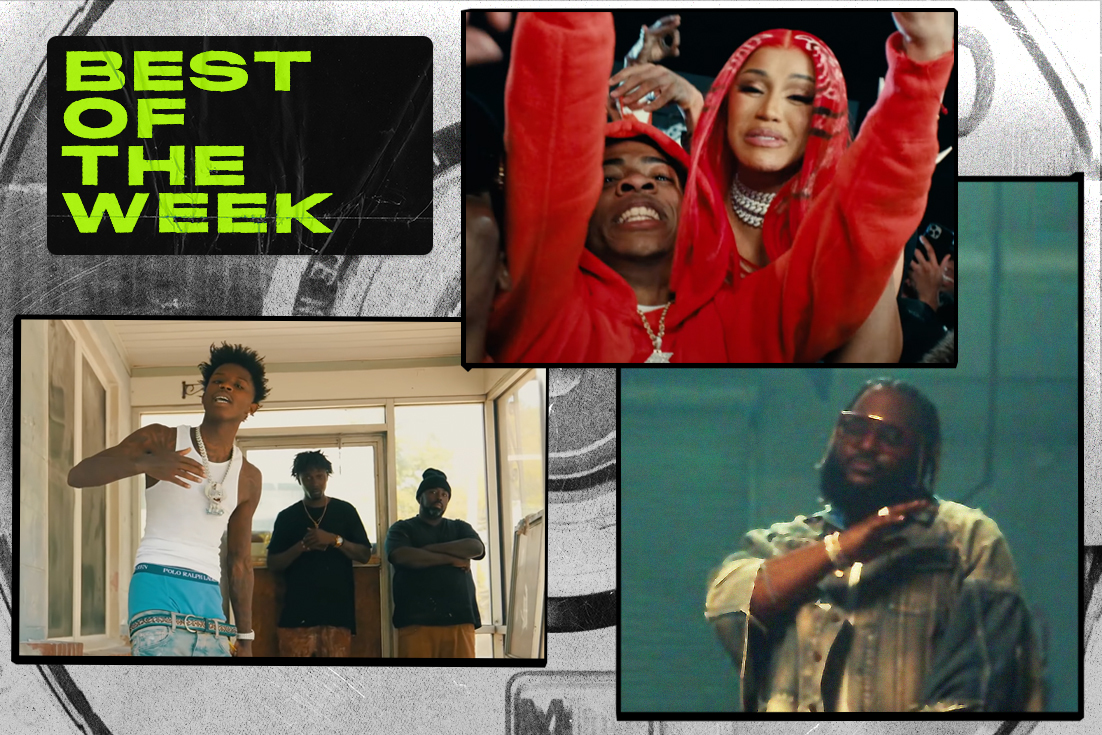
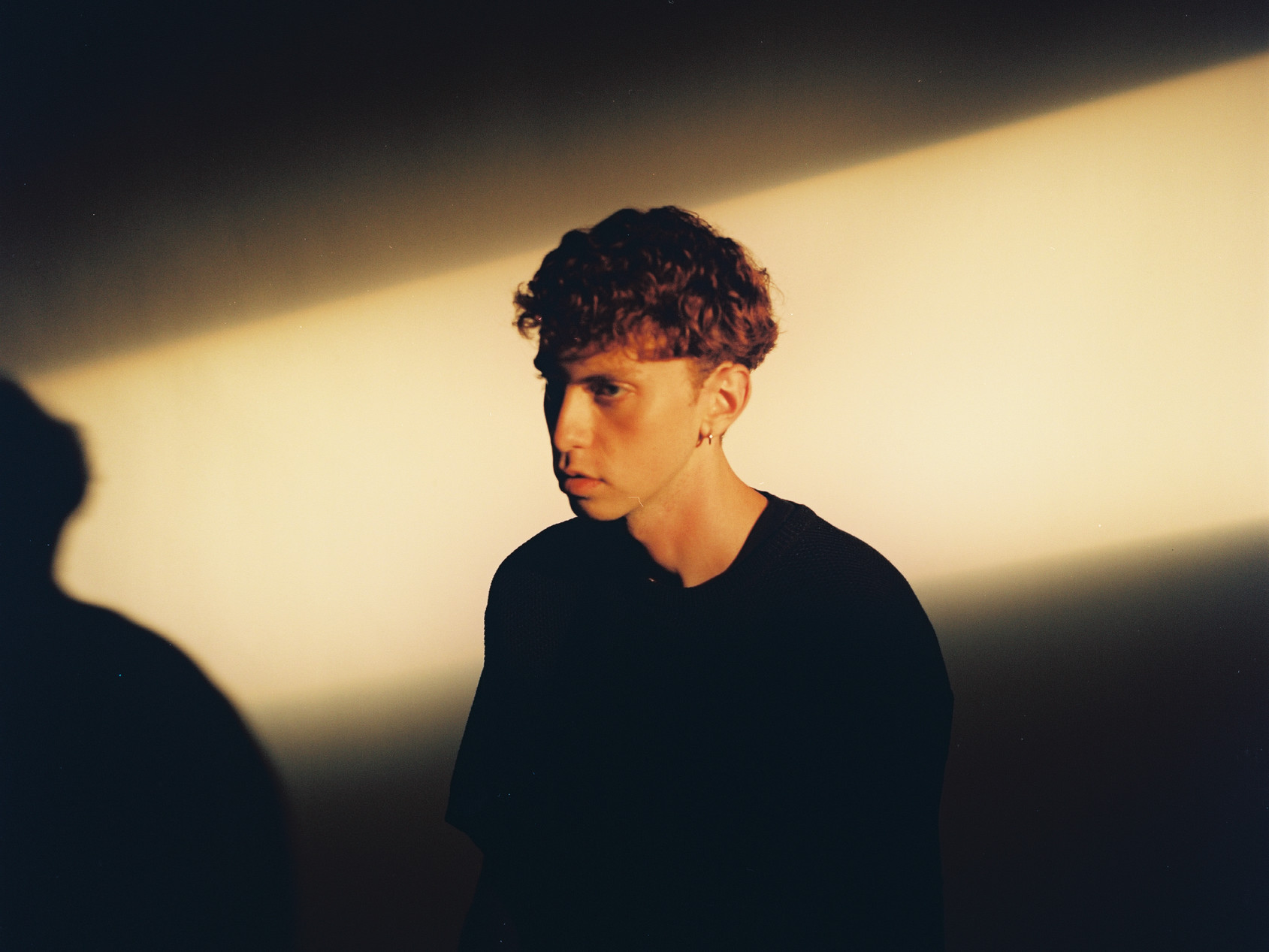
You just got back to LA from Turkey. How was that experience?
I haven’t gone on a trip or left the country in a long, long time. I really only left once when I was younger, but my sister lives in Amsterdam. So I went and saw her first and then my girlfriend is from Turkey. So I went and met all her family. That was crazy.
Are you inspired by a lot of things when you’re out and about like that?
In general, yes. Being around LA, I write most of my stuff on the move, in the car, actually. But even just coming back from Europe, I am so regenerated. The way I’m working on things now, just even the past day, has been so energized. I feel like I needed that break. And so moving around Amsterdam and listening to the project in a completely different environment made me think about certain things that I want to do with this mix and with the video. So it 100% influences everything.
Do you drive around with a pad and pen in the passenger seat?
No, I have my phone, which is probably not good. But really, what I do is I’ll have just a voice memo or something like that. I think of something as I’m driving, because I really like to bounce out a quick idea that’s on my computer, so that I can go and put it in my notes app and then listen to it in the car in an actual world environment, instead of just sitting at my desk. You get kind of caught up in overworking things and then go and step away from it and listen to it in the car, it changes everything. Half the project, I came up with the melody or a line or something while I’m driving.
This is an introductory feature for the P&P audience. What’s the first thing you’d like listeners to know about you, Hamond?
My MO more than anything is trying to push boundaries and cross-pollinate genres, that’s what my thing is. Not really being the best singer or musician, all those things matter so much. And the musicality matters so much. But my overall goal is to push boundaries, musically, and to create something new.
I think this project is a step toward that. My first EP, Source Material, from two years ago, it was all the different things I like. And you can hear it kind of jumped from one to the other. After that project, it was about how I could take all these things and make them even more cohesive. Put more boundaries on myself, almost.
Looking at your Instagram, you had a clip with Trainspotting playing while you were making a song right in front of it. Is that normally how you operate Do you try to soundtrack movies with your songs in a way?
I had watched Trainspotting at the time, when I was also working on a song. It inevitably influences what you think about how you see things. If you really like something it trickles into your subconscious. But especially with that, I realized that the song I was working on felt like the movie. So we just put it in the background. It definitely served as inspiration for some of the lines in it, for how it sounded, what we’re choosing, things like that help a ton.
I know you direct too, as you directed the “Angels” video. Do you take inspiration from film when you go into video mode?
I have favorite directors, for sure. Like, there were certain shots in “Angels” and the video for “Badget” that were inspired by Wong Kar-Wai and some of the choppy stop-motion stuff he did. When we’re working on a video, references are everything. So pulling references from videos for color and lighting, and just learning what I like and don’t like. Studying movies is like the main source for that, for sure.
What’s been the most inspiring film you’ve seen as of late?
I would say Fallen Angels was a big reference for this. And Trainspotting. I really love Wes Anderson. It’s just in practice, a lot of the things I loved about Wes Anderson didn’t end up working for the videos that I shot. I would study the cinematography of it, like what makes Wes Anderson, Wes Anderson. So it’s very symmetrical shots and soft lighting… I want to be able to develop my own style, not just like, oh, this is an ode to Wes Anderson or Wong Kar-Wai. Same thing with music, where you pull things from different genres and people that you like to make your own sound.
Is your first full-length project a learning process in terms of your own sound?
100%. With every project I want to get more and more cohesive toward my own thing. Pulling from electronic music, pulling from alternative music, all of these different inspirations that I grew up loving that are so far from each other, and pulling it in to try and create something that’s my own.
Your love for music began with your sister and her music taste. What kind of music did she put you on to?
We shared a family computer. I don’t even remember all the stuff. What sticks out is the first concert I ever went to was a Passion Pit concert that she took me to when I was around 11 years old. Everyone there was older and I got so claustrophobic. I couldn’t see the stage. But I still loved it.
MGMT is another one. I remember she really loved it and I fell in love with that album because of her. And then all of the pop music she was listening to at the time—she was in high school and I was in elementary or middle school. And it was probably Justin Timberlake’s Justified album, which then led me to the Neptunes and Timbaland, and then that just escalated and led to so many other things.
What does she think about this becoming your career?
I’m sure she loves it. I mean, I’ve been doing music since I was like a little kid. So it’s been such a gradual thing. By the time I was in high school, I had developed my own tastes and gone through so many phases that I had kind of gotten more into music than she ever was. But in hindsight, she was really a catalyst to me getting into popular music, because I was playing classical music as a kid. My grandfather played in the Chicago Symphony. And my uncle was a classical conductor. So I was always around classical music. But then she was the one that was listening to pop and alternative music at the time.
Did you find yourself trying to play the music that you heard around you?
The classical stuff in particular, definitely made me want to learn certain chords and songs. For example, there was one song that changed how I listened to music. [“Gymnopédie No. 1” by Erik Satie]. It basically was the first classical piano song I had heard that used jazz chords. So it’s like major, minor seventh chords. And it was a lot different from the stuff I’d been playing. And that led me to love jazz music. Then I would find similarities that the Neptunes used major, minor seventh chords that give you a certain feeling. And that led me to realize the style I really like.
And that got you into production?
I was trying to give beats to local rappers in middle school. And by local, I mean really local, like, at the high school. Kids would be like, “Oh, I can rap over this.” And then the whole time, I was secretly singing, but not confident enough to be like, “I’m a singer.” And it took a couple years until I would then sing on a hook of some beat I would give a rapper or something. And then, by the end of high school, I decided I was really going to do my own thing.”
When you started diving into music, did you ever think you’d be someone who is as on top of everything as you are now? Production, vocals, videos…
Over the years, I got really into all forms of art… The coolest thing about being a musical artist is that you get to really do every form of art if you want to. Being a director and being a visual artist with your album and single artwork, working with other people to help execute the vision. But loving every aspect of it just leads to being able to do all these different things. After a certain point, it’s like, how fun would it be to just pivot into a whole new creative outlet? Be a director when I’m 40 years old or something.
“Angels” is your first single following a couple loosies and the 2020 EP. What made it the one to come back with this year?
It was just about what represented the initial journey into the sound. So “Angels” kind of introduced it the best, because it combined all these elements of the project. It alludes to this kind of breakbeat, trip-hop, some people call electronic music, but it still felt really, really musical with the strings. And it was beautiful, the arrangement of it, that teej. [a frequent collaborator] had started on. It just felt like the right introduction to the project. And then when we started to plan all the singles, it built the world out a little more. Then the next one feels like it’s a building on top of that until you get the whole world with the full project.
You called “Angels” a love letter to Houston. What made it that way?
It started with teej. sending me this loop. It was not even a loop. It was literally a classical music arrangement that he had made like it was for a movie, on some Hans Zimmer shit. There was a certain part of it that felt very ethereal and beautiful. When I took that and started chopping it up, it kind of felt like this feeling of home, almost evangelical. It reminded me of this feeling of being protected by people you love and being really thankful for the people around me. And that led to being thankful for being from Houston and made me think back at that whole journey of where I’m from, and why it’s so important.
With the song, we were referencing Romeo and Juliet, the 1996 one with Leonardo DiCaprio. And teej. pulled up a scene. It was the Capulet party, it looks like Juliet’s wearing an angel costume. It just feels like what the song is to me and then I was drawing parallels to that in Houston.
With the video, I wanted to go back to Houston and go to places that I had grown up seeing and had a certain view of. I always saw Houston in this very utopian futuristic way. I don’t think anyone else really saw Houston that way but I wanted to think it was like the city from The Hunger Games. We always talked about doing something new and different from the city that people have never seen.
How would you describe this latest string of music you’ve been creating for the project?
Analog futuristic. Analog is very retro and vintage, it has the musicality and textures of vintage stuff. Tape machines and live instrumentation. But then you match that with forward-leaning production and synths and electronic music. Pulling from both the past and the future to make something new.

